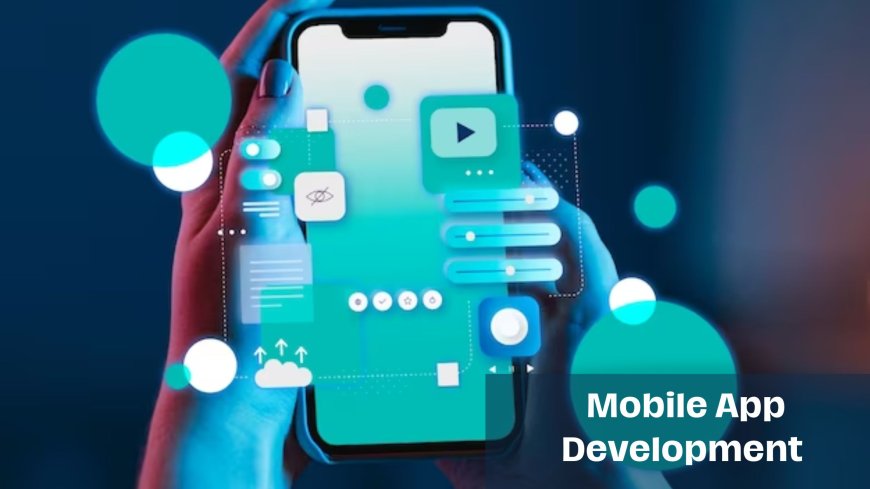7 Key Steps of the Mobile App Development Process

Developing a mobile app can seem like a daunting task, but breaking it down into simple steps can make the process more manageable.
Here are seven key steps of mobile app development process:
1. Idea and Concept
Everything starts with an idea. Think about what problem your app will solve or what value it will provide to users. Research your market to see if there are similar apps and identify your target audience. Clearly define the purpose and goals of your app.
2. Planning and Strategy
Once you have your idea, it’s time to plan. Create a detailed roadmap that outlines the app's features, design, and functionality. Determine the resources you will need, such as developers, designers, and budget. Decide on the platform (iOS, Android, or both) and choose the development method (native, hybrid, or web).
3. Design
The design phase focuses on the look and feel of your app. Start with wireframes, which are basic sketches of your app's layout and functionality. Move on to creating mockups and prototypes to visualize the final product. Pay attention to user experience (UX) and user interface (UI) design to ensure your app is intuitive and easy to use.
4. Development
Now it’s time to bring your app to life. This step involves coding and programming the app’s features and functionalities. Developers will follow the plan and design to build the app. This phase is usually divided into two parts: front-end development (what users see) and back-end development (server-side, database).
5. Testing
Testing is crucial to ensure your app works smoothly and is free of bugs. Perform various tests, such as functional testing, performance testing, security testing, and user testing. Collect feedback from beta testers to identify any issues and make necessary improvements. This step helps ensure a high-quality app.
6. Deployment
Once your app is thoroughly tested and polished, it’s time to launch it. Deploy your app to app stores (like Google Play and Apple App Store). Follow their guidelines and submission processes. Monitor the app's performance and be ready to address any issues that arise post-launch.
7. Maintenance and Updates
The work doesn’t stop after the launch. Regular maintenance and updates are essential to keep your app running smoothly and to improve its functionality. Listen to user feedback and make updates to fix bugs, add new features, and enhance performance. Keeping your app up-to-date ensures long-term success.
Conclusion
Developing a mobile app involves multiple steps, each critical to the success of the final product. By following these seven key steps—Idea and Concept, Planning and Strategy, Design, Development, Testing, Deployment, and Maintenance and Updates—you can create a functional, user-friendly, and successful mobile app. Remember, patience and attention to detail are key throughout the process. If you find the process overwhelming or need expert guidance, it might be wise to hire mobile app developer. An experienced developer can help bring your vision to life, ensuring a smooth and efficient development process.












